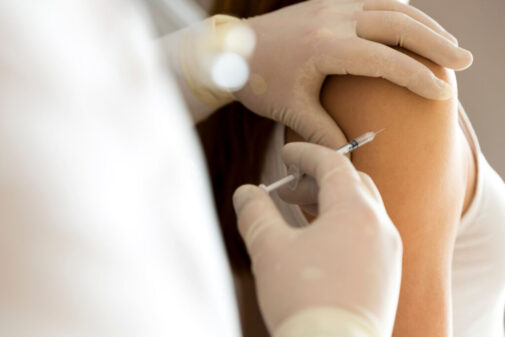Do you know the signs of a stroke in a young person?

When you imagine a stroke patient, a child probably doesn’t come to mind. However, while uncommon, children and teens do suffer from strokes and knowing the signs and symptoms is critical to protecting their health.
“Time is brain,” said Dr. Nekaiya Jacobs, a pediatric critical care physician at Advocate Children’s Hospital. “We need to move quickly if we suspect a stroke.”
A stroke results in an acute neurologic change. The most common signs in children and teens are a change in vision, drooping face, arm weakness, slurred speech, an extreme headache and seizure. Of those pediatric stroke patients at Advocate Children’s Hospital, 40% had weakness on one side of the body, 23% had a facial droop and 10% had an extreme headache.
Unfortunately, young children often can’t express what symptoms they’re experiencing. Rather than say they have a headache, they might be lethargic or extremely tired all day or have intense bouts of vomiting.
“The biggest thing you can do as a parent is to trust your instinct. You know your child better than anyone else,” Dr. Jacobs said. “Kids get sick, they have stomach aches, they have mild headaches and all those things are normal, but when you notice that this is just well out of the range of normal, or they aren’t acting like themselves and your gut says something just is not right, come to the hospital.”
Once you bring your child to the hospital for an acute neurological change, they’ll be evaluated by an emergency care provider. At Advocate Children’s Hospital in Park Ridge, the provider will activate a pediatric stroke alert if they suspect a stroke, mobilizing the hospital’s pediatric stroke response team.
“Expect a fast pace and expect a lot of people to respond in the event that there is a concern of a stroke when you take your child to the emergency department,” Dr. Jacobs said.
The stroke response team consists of a pediatric emergency room physician, pediatric critical care physician, stroke advanced care provider, neurologist, neuro-interventionalist, emergency or critical care nurse, child life specialist, and, in some cases, a chaplain.
They’ll evaluate your child and do imaging scans such as an MRI to determine if a stroke has occurred. If it has, they’ll discuss interventions that could include a procedure to remove a clot causing the stroke or admitting your child to the pediatric ICU and using blood thinners to help move blood around the blockage.
“There is a high likelihood that our imaging will not be positive for a stroke,” Dr. Jacobs said. “It could be a complex migraine, a mass or some other structural change in the brain, but in the chance that it could be a stroke, we have to move fast because we know once we miss our window, it could be detrimental to the patient.”
Want to learn more about your risk for stroke? Take a free online quiz here.
Related Posts
Comments
About the Author
Katie Dahlstrom, health enews contributor, is a public affairs coordinator with Advocate Health Care and Aurora Health Care. A storyteller at her core, she is a former newspaper reporter and spent nearly five years working as a public relations professional for Chicago’s commuter rail agency, Metra. Outside of work, she enjoys birding, photography and spending time with her husband and dog.

















